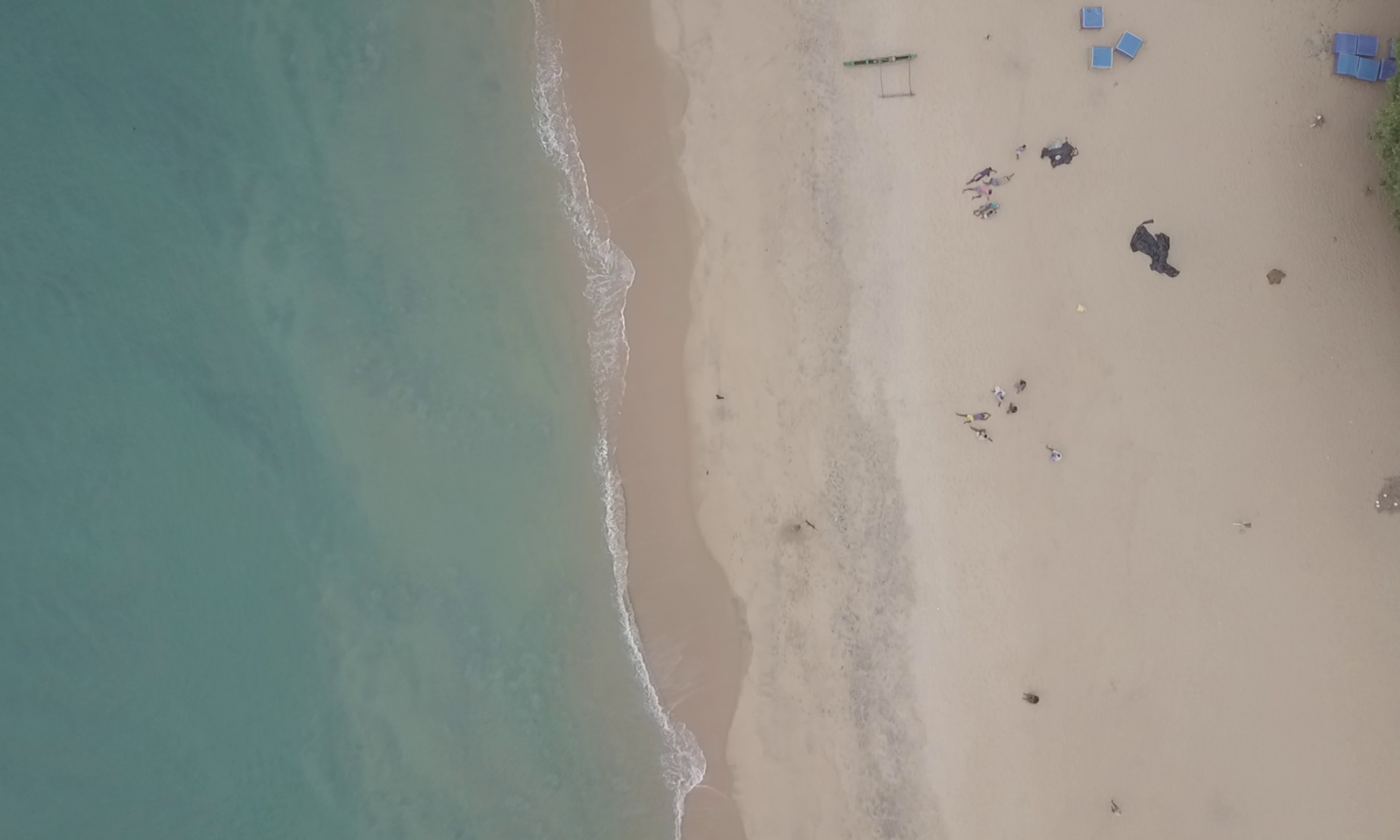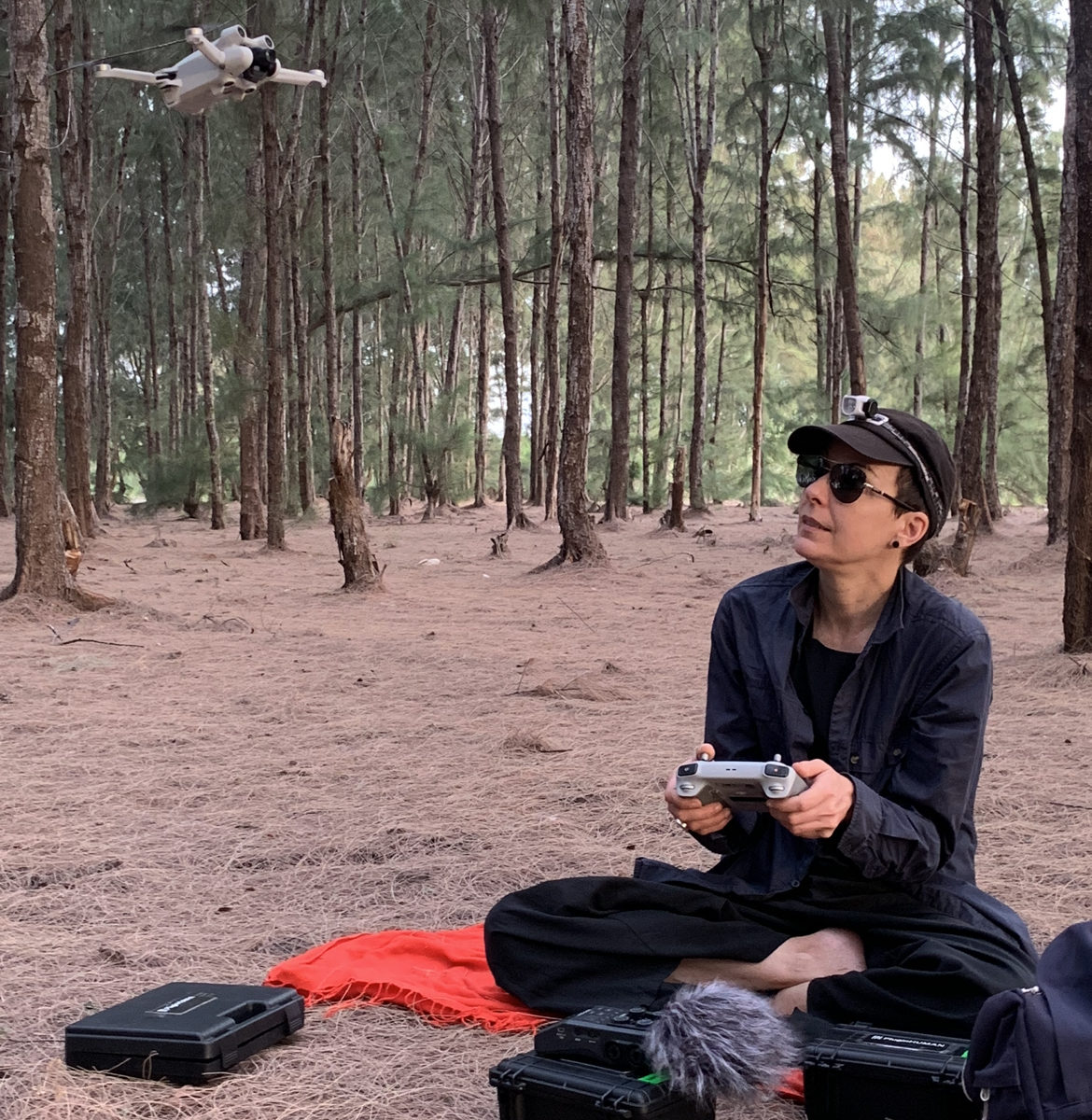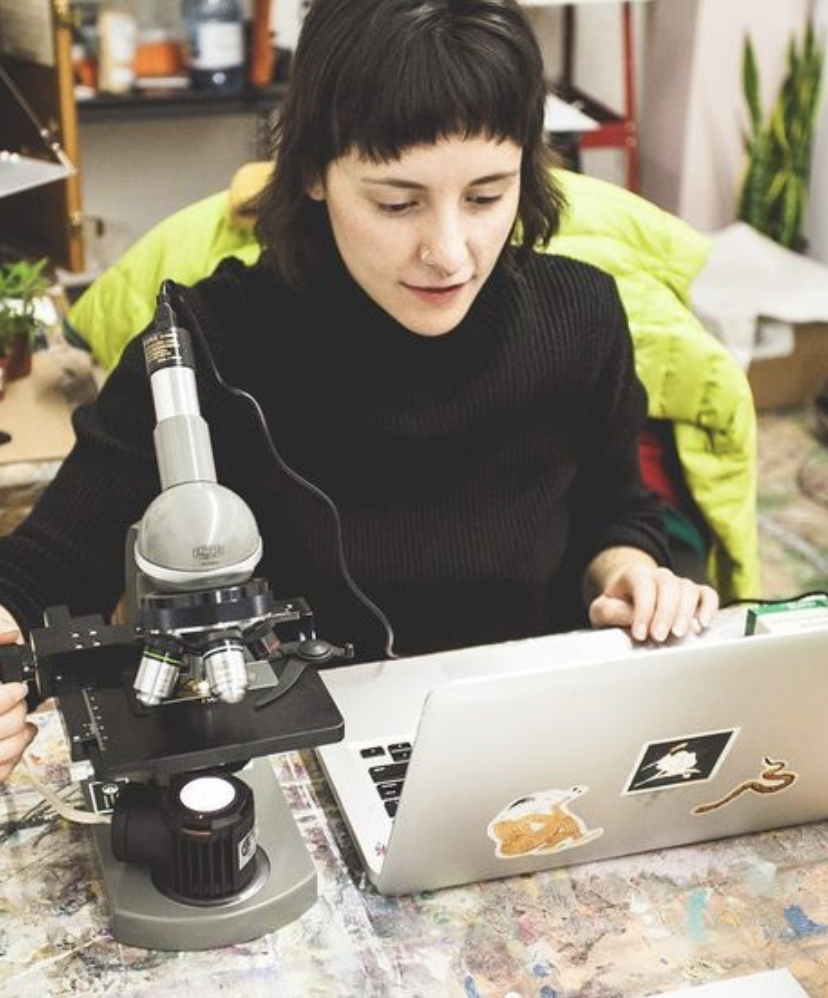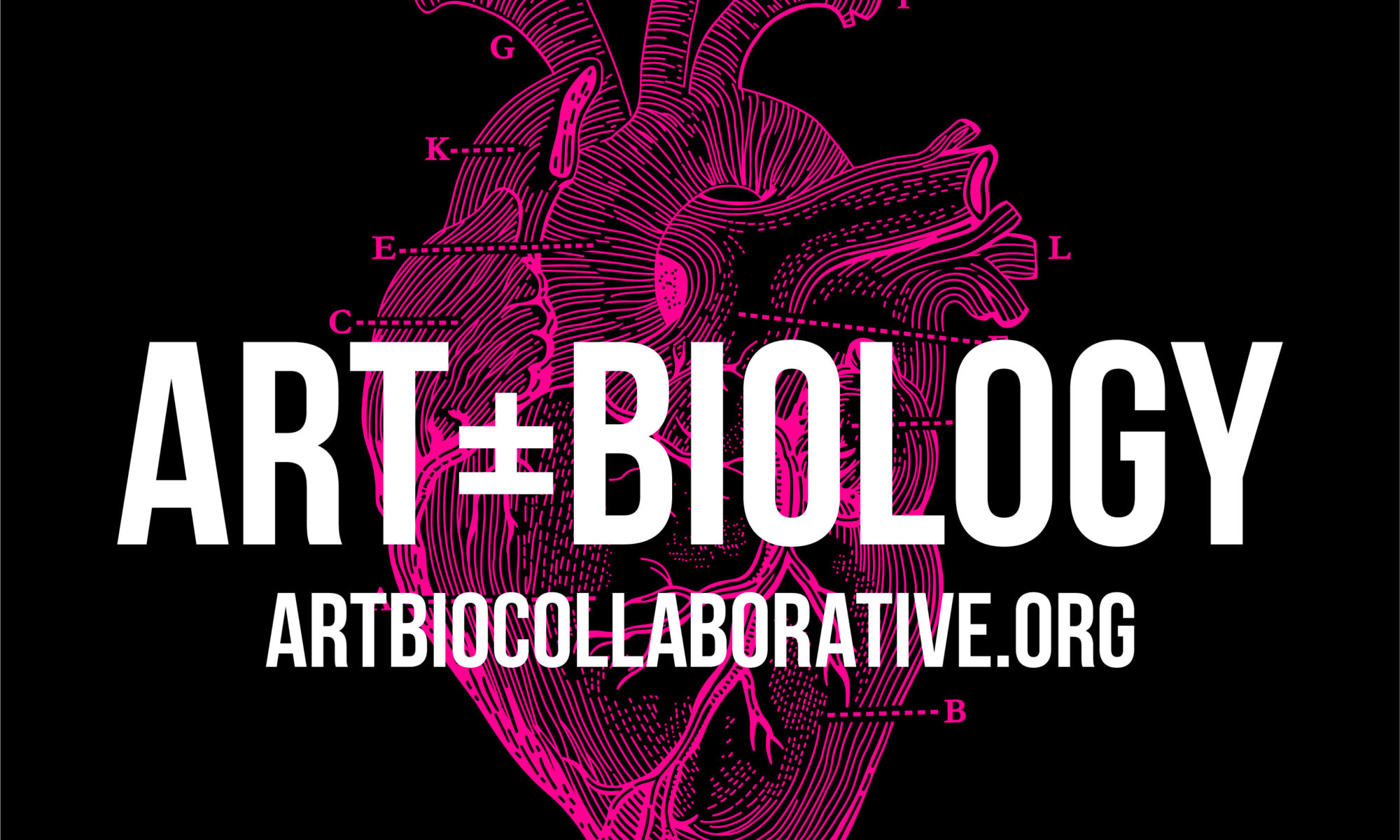In the middle of the Dinacon month I went with some of the Dinosaurs and ventured onto the beautiful Batticaloa lagoon to listen to and record the famous singing fish.

It was a full moon and a super moon, so the conditions were ideal. The ‘singing’ comes from plainfin midshipman, a species of toadfish that glow green during mating times. The fish produce an aquatic frog-like mating call. They are best heard at about 10 PM on a full moon.
Here are some of the recordings, I’ve made these recordings into a kind of greatest hits compilation of the audio that I captured over two nights of the full moon. The recording is highly recommended as an insomniac’s sleeping aid.
To record I used a Zoom recorder and a custom made hydrophone that was submerged to about 6 meters into various parts of the lagoon at night.

I also ventured out to the end of the Batticaloa peninsular before dawn to collect audio and video footage. The casuarina pine forest at the end of the peninsular was well worth the 1-hour bike ride through sand tracks. The forest was planted post-tsunami. The trees are organised in unnatural rows, creating uncanny organic order.
During Dinacon I drew on a variety of audio-visual footage, that I collected over my Dinacon time, to make a series of trash-bag video art experiments. These video works are a commentary on the impact of hyper-consumerism on our natural ecosystems. The image below is a screen grab from one of the video works. It features drone footage from the end of the Batticaloa peninsular, whale baleen (we found on the Batticaloa beach), graphic design, trash typeface design and singing fish audio.
Tali was kind enough to provide video feedback on my Dinacon project.
My Dinacon experiments are being developed into an immersive art installation called DISCO APOCALYPSE. This artwork will have its premier at the 2022 Karachi Biennale (Pakistan). For more project details visit: https://pluginhuman.com/arts/disco-apocalypse/ and @PluginHUMAN.






















